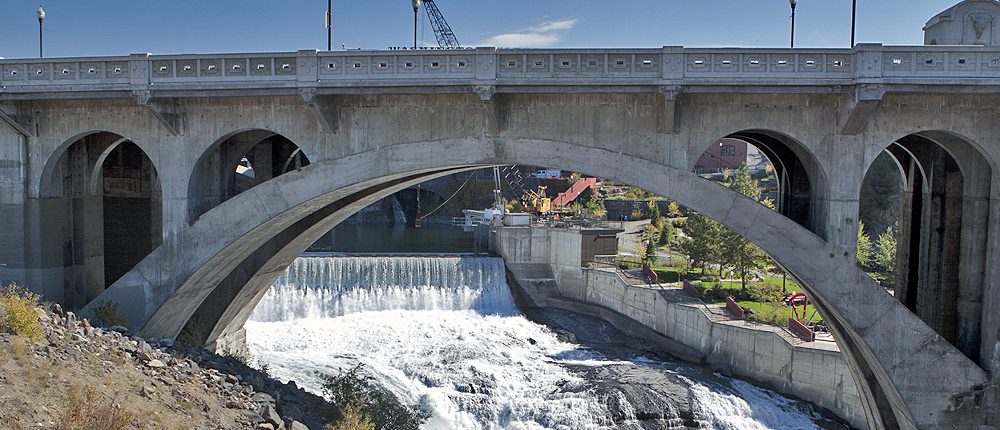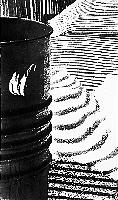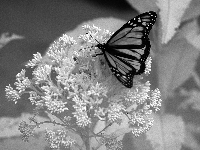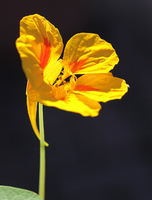What the Dog Saw is a collection of Malcolm Gladwell essays, all of which were previously published in The New Yorker magazine.
To be honest, I’m not quite sure why I purchased this book (via Amazon…). I’ve read excepts of Gladwell’s writings for years – he’s big with the geek set – but I don’t know if, until this book, I’d ever read a full article/book by Gladwell.
Wow. I’ve been missing some outstanding writing/content.
Let’s break that last sentence down: Gladwell, like John McPhee and E.B. White, writes in a manner that makes you ignore the writing. Nothing fancy, no need to impress, just getting the story across is a very clean, sometimes-stark manner. Herman Melville has more “writing” in any three consecutive graphs of Moby Dick than Gladwell has in the entire book.
And in both cases, that’s a good thing. Different stories to tell.
And that’s – the story to tell – is the “outstanding content” part I was referring to: While McPhee often writes about big issues (taming the Mississippi in The Control of Nature, for example), Gladstone often spins tales about weird little issues and how they came about.
Why are there only a handful of ketchups but a gazillion mustards?
Does criminal profiling really work?
What’s the story behind the birth-control pill? Or hair color?
Gladwell’s got ya covered, and always in a very accessible manner.
One of Gladwell’s basic techniques is to take something that is a basic given (homelessness can be helped/solved with basic safety-net programs; too many students per classroom are a teacher’s largest challenge), and then gradually introduce information – via studies/interviews – that slowly peck away at these so-called truths.
At the end, you’ll have a new appreciation for the issue and – to be honest – a lack of clarity about the solution. Why? Because the data Gladwell presents flies in the face of what is bandied about as reality. He presents a compelling argument, yet…
Gladwell also hones in on – as he’ll admit, often by accident – stories that come out of left field. The ketchup vs. mustard issue. His hair color story came out of an attempt to write an article about shampoo, but the direction changed. And the result is a great article.
It’s one of those books that, to some degree, you’re sorry you’ve read: Because you’ll never again have the pleasure of reading it for the first time. To me, that’s high praise.









